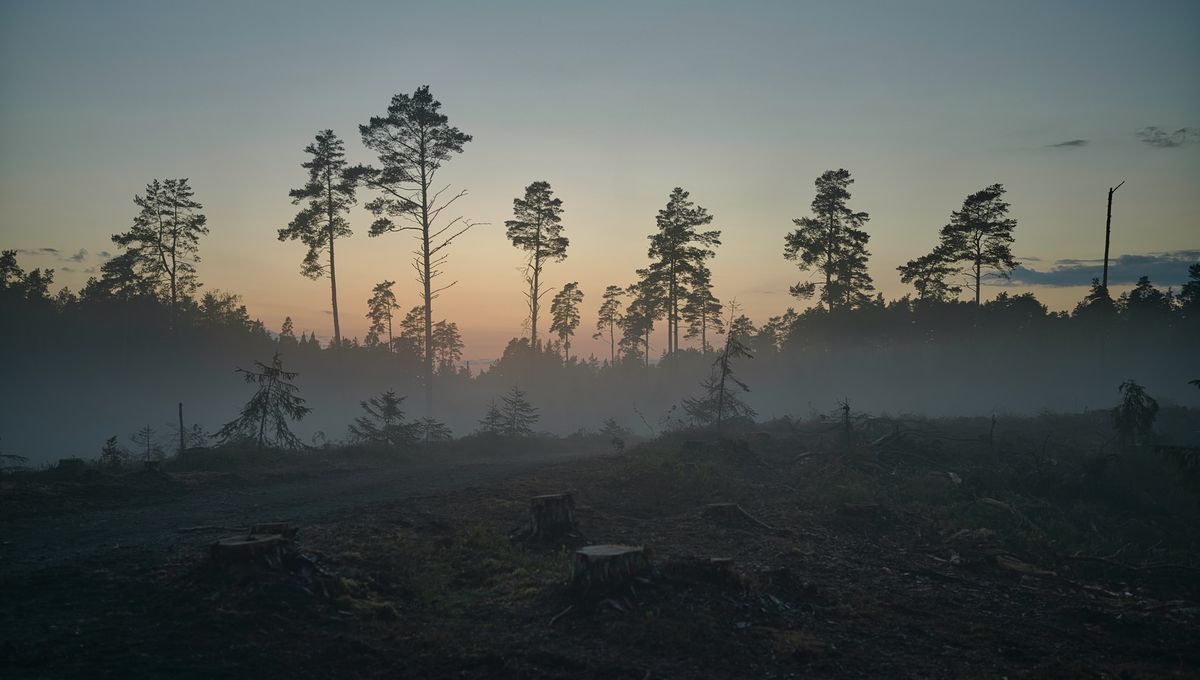
With COP28 underway, campaigners have a message for wide-eyed observers: beware of “Blood Carbon”. The warning relates to carbon credits, which they believe are muddying the issue rather than seriously addressing the real causes of the deepening climate crisis.
World leaders, big business, and the media have flocked to Dubai this week for the COP28 United Nations climate conference and many are expecting it will bring a big expansion in the market for carbon credits.
Carbon credits are like tradable permission slips that companies, individuals, or countries can buy to offset their carbon emissions. Let’s say your organization produces X amount of carbon emissions, then you can buy X amount of greenhouse gas reduction projects, such as planting forests or funding renewable energy, to balance the impact. This will allow the organization to say it is carbon-neutral or low emission (despite it still pumping the atmosphere with more carbon).
While its advocates believe carbon credits offer a practical and realistic way to address climate change, it’s a complex field that’s rife with criticism. One of the main criticisms is that they act as a greenwashing scam, allowing organizations to seem greener than they really are.
Another major criticism is that they put a price on nature, treating Indigenous and local communities’ lands as a carbon stock that can be bought and sold to allow polluters to keep polluting. In other words, carbon credits are often licenses for land grabs.
“Anyone concerned about seriously addressing the climate crisis should oppose carbon credits,” Indigenous rights organization Survival International said in a statement this week.
Earlier this year, Survival published a report that looked at a flagship carbon credits scheme called Northern Kenya Grassland Carbon Project, which looked to improve grassland health and sequester carbon in the soils in a part of Kenya inhabited by more than 100,000 Indigenous Samburu, Borana, and Rendille people. Some of the customers who bought into the scheme included Meta and Netflix.
The NGO concluded that the project was breaking the Indigenous people’s long-standing traditional grazing systems and replacing them with a centrally controlled system more akin to commercial ranching. They also argued that the local people weren’t given free, prior, and informed consent before the scheme took their land.
Furthermore, it wasn’t even clear whether the scheme would actually increase the storage of carbon in the region’s soils.
“The ‘verification process’ for carbon credits is broken beyond repair. For example, Survival’s exposé of the flagship carbon credits project run by the Northern Rangelands Trust in Kenya revealed major deficiencies in a project used by Meta and Netflix to offset their carbon emissions. Not only does the project not have the Free, Prior and Informed Consent of the Indigenous inhabitants of the land, it doesn’t even store any additional carbon,” Survival continued in their recent statement.
Survival International has even gone further to suggest that carbon credit schemes could increase human rights abuses, hence the name “Blood Carbon”. Land restoration schemes done in the name of carbon credits could ultimately result in more Indigenous and local communities’ lands being turned into Protected Areas, which could see people cut off from their ancestral lands using violence.
“COP28 could be the ‘Blood Carbon COP’, when governments, big business and conservation NGOs work together to boost the carbon credits market, rather than seriously address the real causes of the climate crisis,” the organization added.
“This could be disastrous for Indigenous peoples. Carbon credits represent a major new way for governments, corporations and conservation NGOs to profit from the theft of Indigenous lands, and they’re already doing so.”
Source Link: Blood Carbon: The Darker Side Of Solving Climate Change